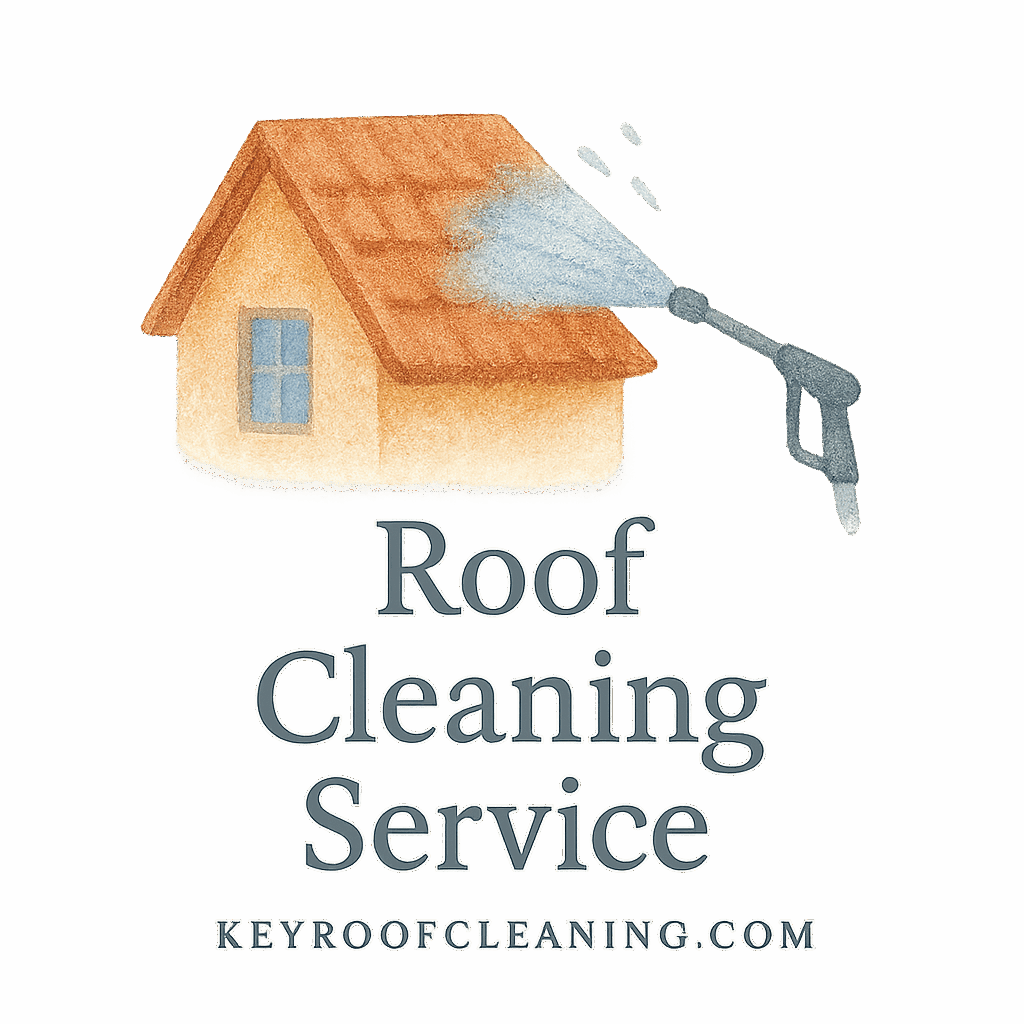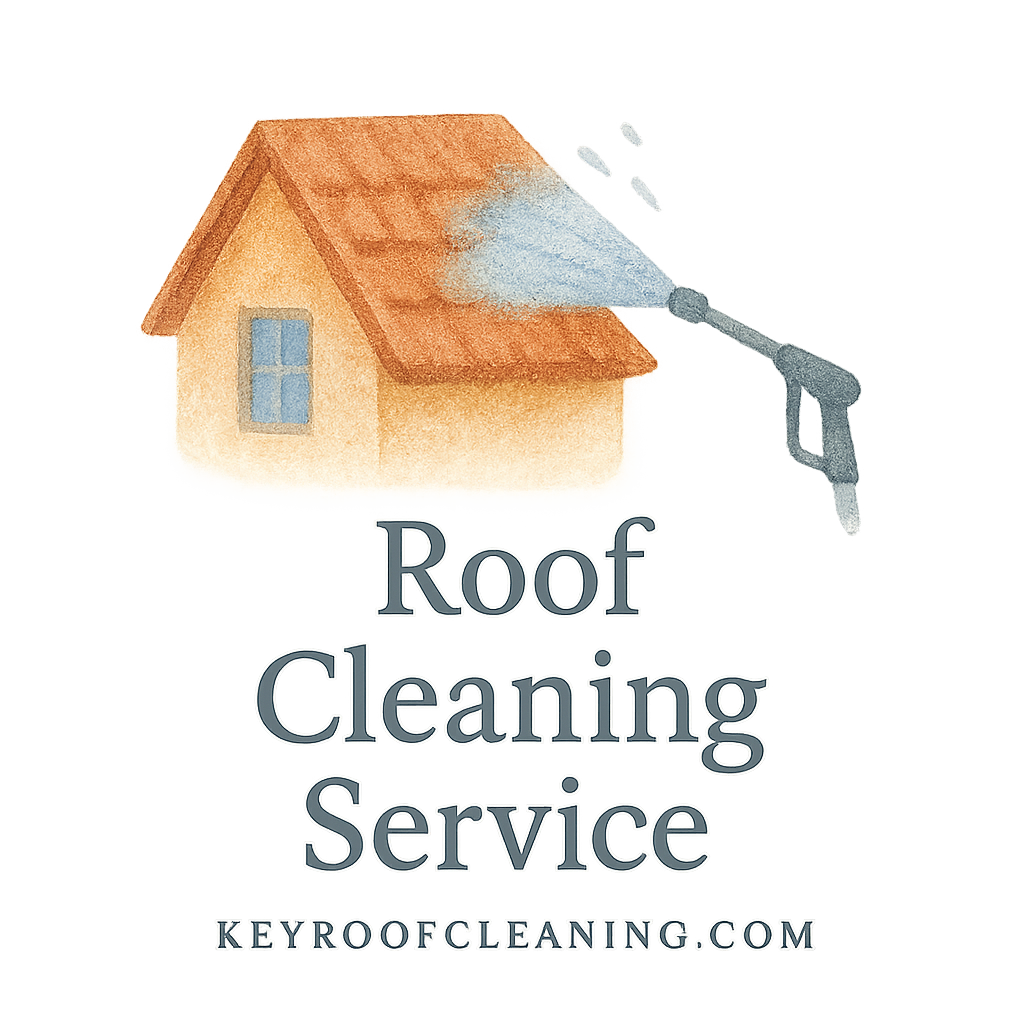Introduction
If you’re the hands-on type who loves a weekend project, roof cleaning might seem like the perfect DIY challenge. But before you grab your ladder and garden hose, it’s essential to know what you’re doing—and what tools you’ll need. This guide covers six must-have pieces of roof cleaning equipment that will help you clean smarter, not harder.
And while you’re saving money, don’t forget—doing it right means keeping your home safe, your roof intact, and the environment happy. Ready to gear up? Let’s dive in!
Why Roof Cleaning Matters
Protecting Your Investment
Your roof is one of the most expensive parts of your home. Regular cleaning helps extend its lifespan by preventing moss, algae, and debris buildup that can degrade materials.
Boosting Curb Appeal
A clean roof can transform your home’s appearance. It’s like giving your house a haircut—suddenly everything looks fresher and newer.
Preventing Structural Damage
Debris and growth can trap moisture, leading to wood rot, mold, and even interior leaks. Regular cleaning is like preventative medicine for your roof.
Want to know more about the basics? Visit Roof Cleaning 101 to learn the fundamentals.
Safety First: Prepare Before You Clean
Before we talk equipment, we’ve got to talk safety. Roof work is risky business.
Ladder Safety and Setup
Ladder injuries are shockingly common. Make sure yours is on level ground, secured at the top, and rated for your weight and tools. For full safety practices, check out our guide to ladder safety.
Protective Gear Essentials
Goggles, gloves, grippy shoes, and a helmet should all be part of your kit. They don’t just protect you from slips—they guard against chemicals, sharp edges, and falling debris.
Environmental Awareness
Biodegradable Solutions and Eco-Friendly Practices
If you’re cleaning near landscaping or storm drains, use biodegradable solutions to protect your lawn and local waterways. Green cleaning is part of sustainability, and it’s good for both your conscience and your garden.
For more eco-friendly advice, explore our green methods and environmental best practices.
The 6 Must-Have Roof Cleaning Tools
Let’s talk gear. Here’s what every DIY roof cleaner should have in their arsenal.
1. Telescoping Roof Cleaning Wand
Why It’s a DIY Game-Changer
This wand extends your reach—literally. Clean from the edge of your roof without ever stepping foot on it. Less climbing, more cleaning.
Best Practices for Use
Attach it to a garden hose and apply your cleaning solution evenly across the surface. Use with low pressure for delicate roofs like tile or slate. Learn more about caring for delicate roofs.
2. High-Pressure Garden Hose Nozzle
Gentle but Powerful
Skip the power washer unless you want to blast shingles into the neighbor’s yard. A high-pressure hose nozzle offers just enough oomph without the damage risk.
Avoiding Damage to Delicate Roofs
This is ideal for asphalt and composite roofs. Too much pressure can void your warranty. Want the right roof cleaning techniques? We’ve got you covered.
3. Roof Cleaning Solution Sprayer
For Even Chemical Distribution
Whether handheld or backpack-style, sprayers let you coat the roof evenly. No streaks, no missed spots.
Choosing the Right Roof Cleaning Chemicals
Use solutions specifically designed for roofing. Avoid bleach-heavy products unless you’re cleaning specific algae types. Discover more approved tools and products.
Explore the best cleaning methods and solutions for your specific roof type.

4. Soft Bristle Roof Brush
Perfect for Tile and Asphalt Roofs
Sometimes you’ve just got to scrub. A long-handled soft bristle brush lets you do it without damaging the shingles or tiles.
When Manual Scrubbing Is Needed
This is ideal for stubborn moss and algae. Be gentle—especially on older roofs. Brush in the direction of the shingles.
Check out more tips tailored to tile roofs.
5. Leaf Blower with Roof Attachment
Removing Debris Without Water
Why add water when all you need is air? A leaf blower with a roof attachment gets rid of leaves and pine needles fast—no hose required.
Great for Pre-Cleaning Setup
Use it to prep before applying any solutions. This keeps your chemical use efficient and avoids runoff.
6. Personal Fall Arrest System (PFAS)
Safety Harnesses and Anchors
Every DIYer cleaning at height should have a PFAS. Harnesses, anchors, and ropes prevent serious injuries—or worse.
OSHA Recommendations for Roof Cleaning
Falls are one of the biggest risks in roof work. Learn about OSHA regulations and how they apply to your project.
Want even more safety and setup advice? Visit our maintenance and safety guide.
Pro Tips for DIY Roof Cleaning Success
Don’t Overclean—Know When to Stop
More cleaning doesn’t mean better results. Overdoing it can strip away protective granules or coatings.
Use a Roof Cleaning Checklist
Make a game plan. From setting up your gear to final rinse and inspection, a checklist keeps you organized and safe.
Understand Your Roof Material
Not all roofs are made the same. Metal, tile, asphalt, and wood all require different methods. For specifics, check out our section on roof types and materials.
When to Call in a Professional
Signs You Shouldn’t DIY
If your roof is steep, old, or particularly dirty, it might be time to bring in a professional service. The risk isn’t always worth the reward.
Hiring Tips for Professional Roof Cleaning
Look for insured contractors with experience, reviews, and proper gear. We’ve got a list of hiring tips to help you choose wisely.
You can also find more in-depth advice at Key Roof Cleaning’s main site.
Conclusion
There you have it—your ultimate guide to the 6 essential roof cleaning tools for DIY enthusiasts. Whether you’re aiming to save money, maintain your home, or simply take pride in doing it yourself, having the right equipment makes all the difference.
Just remember: safety first, eco-friendly always, and know when it’s time to hand off to the pros.
Happy cleaning!
FAQs
1. What is the safest way to clean a roof by yourself?
Using a telescoping wand and a fall protection system is safest. Stay off the roof when possible.
2. Can I pressure wash my roof?
It’s not recommended for most roofs, especially asphalt shingles. Use a high-pressure nozzle instead.
3. Are eco-friendly roof cleaning products effective?
Absolutely! Many biodegradable solutions work just as well and are safer for your garden.
4. How often should I clean my roof?
Typically once a year is enough, but it depends on your environment. Lots of trees? Maybe twice.
5. What roof types need special attention?
Tile and wood shake roofs are more delicate and need softer brushes and less pressure.
6. Can leaves really damage a roof?
Yes! Leaves trap moisture and lead to rot. A leaf blower is a great tool to prevent that.
7. What’s one piece of equipment most DIYers forget?
A PFAS (fall protection system). It’s the most important one—and often overlooked.


